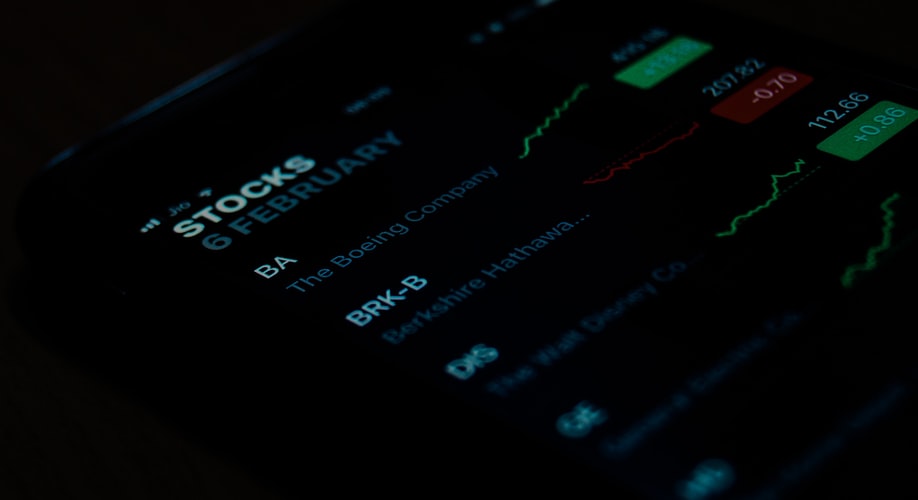US equity markets have been remarkably resilient in recent days, despite rising concerns over the course of the last week or so about the state of the spread of the delta Covid-19 variant in the US, where infections are surging and hospitalisations in some states (those with lower vaccination rates) have reached record levels, and globally (China’s zero-Covid-19 policy is currently being put to the test amid a worsening outbreak there). The S&P 500 index closed at a record high yesterday above 4420 but has largely stuck within a 4380-4430 range over the last week and a half. Regarding the worsening Covid-19 situation in the US, equity market commentators have noted that generally high vaccination rates in the US, particularly amongst the most vulnerable, ought to have (to some extent) broken the link between infections and deaths (and even hospitalisations and deaths), reducing the need for the kind of hard lockdowns seen in 2020 and earlier this year. High-profile health advisor to the President Anthony Fauci espoused such a message over the weekend, saying the US is unlikely to return to hard lockdowns, reducing the downside risks this current wave of infections poses to the US economy.
Moreover, others have argued that even if some of the downside risks posed to the economy by the pandemic do materialise, while this would likely be a short-term for markets, equities would likely remain a buy on dips given expectations that the Fed would adjust monetary policy guidance accordingly (it could send a dovish signal that it is postponing its QE taper plans and pushing rate hikes further to the future, for example). Market participants seem generally to remain confident that the “Fed put” is there (the idea the Fed will save the day with dovishness if stocks fall too much). Separately, we have had a broadly strong US earnings season over the past few weeks and analysts have cited this as being supportive for the equity complex. As earnings season draws to a close, analysis from Refinitiv suggests that close to 90% of companies listed on the S&P 500 have reported positive earnings surprises for the second quarter so far.
Another factor being widely cited as supportive for US equity markets in recent weeks, particularly for “growth” stocks (those whose valuations are based more on expectations for future earnings growth rather than their actual track record of earnings), has been a very favourably US bond yield environment. US 10-year yields are currently at 1.18%, having fallen from highs of close to 1.30% at the start of last week. That’s a more than 50bps drop from when 10-year yields were as high as 1.70% as recently as May. Meanwhile, since hitting Q2 highs in mid-June close to -0.70%, US 10-year TIPS yields (the inflation-linked 10-year yield) have crashed around 50bps to record lows just above -1.20%. The lower US government bond yields go, the more attractive this makes US equities as a relative investment, given the prospect of dividends and better scope for capital appreciation.
But US government bonds are a safe haven asset. So shouldn’t falling US yields (which signifies strong demand for US government bonds) be a concern for stock markets? Before answering this question, we must first ask why yields have fallen so much. There is of course no definitive answer to this, but the consensus thinking amongst analysts and market commentators at the moment appears to go along these lines… after enjoying a sharp rebound from the initial pandemic induced recession in 2020, rates of global GDP growth appear to have peaked and look likely to drop going forward. China is leading this slowdown, as per the gradual fade in its PMI data in recent months, which follows on from a sharp drop in the countries credit impulse over the last 9 months. The concern is that it looks like China’s growth rate is going to drop below its pre-pandemic growth rate (which was about 6% YoY) and that the US could then follow. That could mean that the Fed’s hiking cycle might be cut short as rates reach somewhere in the 1.0s% or raises the risk that the hiking cycle never even properly gets going. Bond markets seem to be reflecting fears that long-term US growth and inflation conditions are going to be subdued and as a result, monetary policy is going to remain highly accommodative by historical standards.
This is quite a gloomy view of the future of the US economy. One of sub-trend growth persisting well into the future and of deflationary impulses returning. One might argue that growing fears that this is the path the US economy is heading down ought to hurt US equities, but, as detailed above, if this is going to be how things turn out for the US, you can bet that the FOMC are going to maintain highly accommodative monetary policy. Just as markets remain confident that the Fed will be dovish if the pandemic situation worsens, markets seem also to be confident that the Fed will continue to be dovish if that is what future economic conditions require.
Of course, this gloomy outlook projected by bond markets could well turn out to be wrong. US growth rates in 2023 and beyond may remain at healthy, historically “normal” levels between 2-3% YoY. And, as some of the so-called “inflationist as” fear, consumer price inflation in the US may remain elevated for a lot longer than the Fed currently expects. In the above scenario, it seems likely that the FOMC would be able to hike interest rates back to so-called “neutral” territory (i.e. where rates are deemed as having neither an inflationary/growth accelerating nor deflationary/growth slowing impulse on the economy) around 2.0-2.5%. In such a scenario, US 10-year yields are going to have to rally by about 100bps. Arguably, and somewhat ironically, the higher yields and less accommodative Fed monetary policy stance brought about by these better economic conditions might end up being worse for equities on the whole. At the very least, growth stocks, which include the tech heavy weights like Apple, Microsoft, Amazon, Alphabet (Google’s parent company), Facebook etc. won’t like these higher yields. The story is likely to be different for “cyclical” stocks (i.e. those whose earnings tend to rise as economic conditions improve).
Over the coming months, market participants will continue to weigh the incoming data from China, the US and other major global economies, as well as the path of the global pandemic as they attempt to decipher the direction of the global economy and how this might affect monetary policy. The next major hurdle for markets is this Friday’s US jobs report for the month of July. One Fed member recently said he only needs to see to more strong jobs reports before he believes the US labour market has made enough progress to warrant a tapering of the bank’s QE programme. Other Fed members have sounded more cautious and, in doing so, played down the importance of this Friday’s jobs data. Needless to say, US equity and bond markets could well see some volatility.




